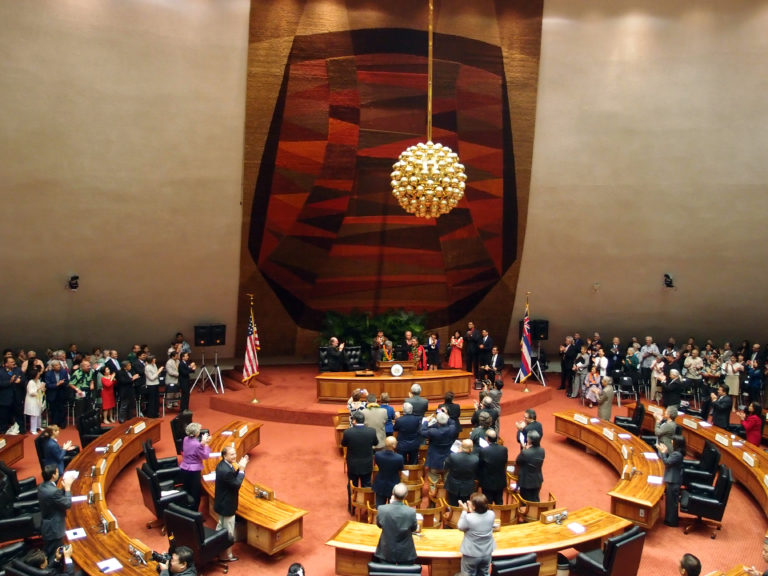The stock market finally ended its losing streak on Wednesday, as investors happily grabbed a hold of any good news they could find.
This morning it was oil rallying for the first time in days—up by over 3.5 percent at one point. Energy producers, in turn, led Wall Street gains. As the day went on, however, those gains slowed and oil fell back to almost even.
So by the afternoon, Wall Street turned its attention to a statement from the Federal Reserve, in which the central bank opted to keep the “considerable time” phrase in their statement regarding rising interest rates.
For months, the Fed has maintained that it would be a “considerable period of time” before they would move interest rates from near zero. With quantitative easing concluded and 2014 nearing a close, many investors thought December was the perfect time to remove that language and set the stage for a 2015 interest rate hike.
Instead, the Fed kept the phrase in its monthly statement, but expressed more of a “wait and see” approach than they had previously shared:
Based on its current assessment, the Committee judges that it can be patient in beginning to normalize the stance of monetary policy. The Committee sees this guidance as consistent with its previous statement that it likely will be appropriate to maintain the 0 to 1/4 percent target range for the federal funds rate for a considerable time following the end of its asset purchase program in October, especially if projected inflation continues to run below the Committee’s 2 percent longer-run goal, and provided that longer-term inflation expectations remain well anchored.
Here were the final numbers from Wall Street on Wednesday:
Dow Jones Industrial Average: 17,356.87 (+288.00)
NASDAQ: 4,644.31 (+96.48)
S&P 500: 2,012.88 (+40.14)



















